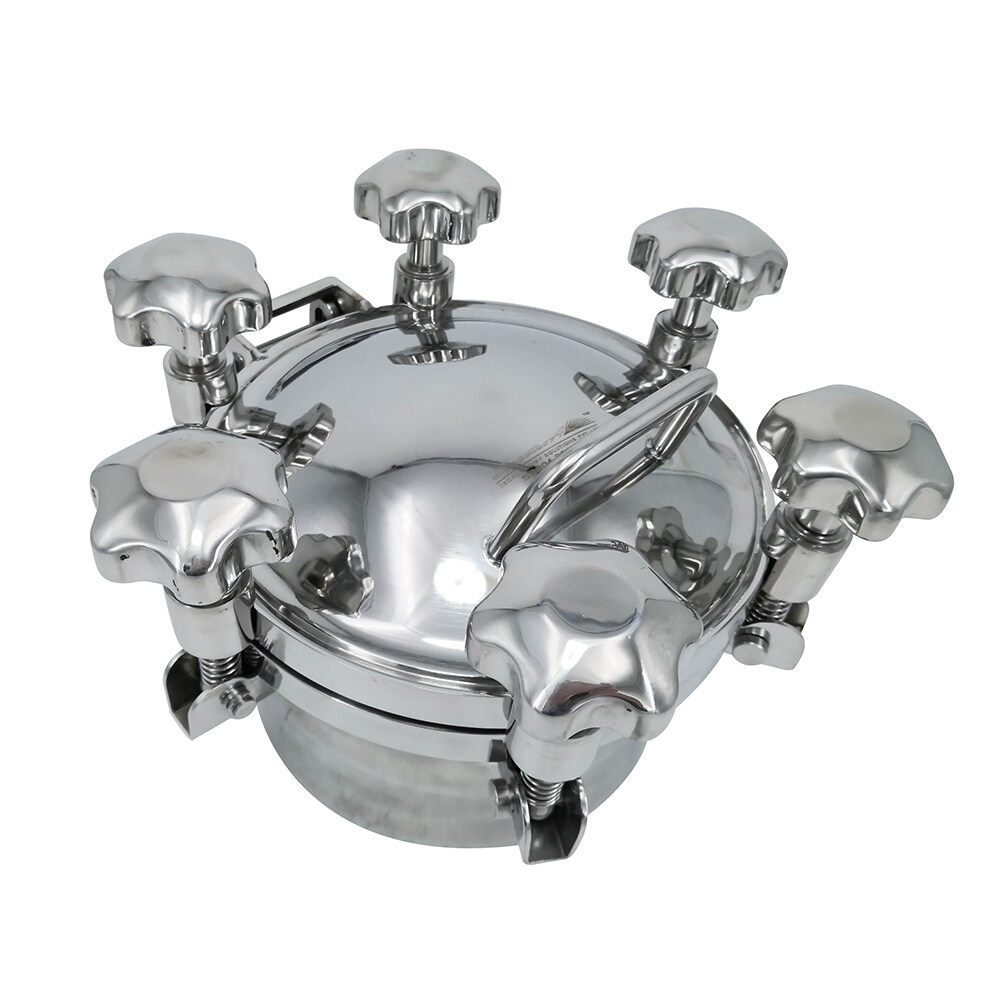Email format error
Email cannot be empty
Email already exists
6-20 characters(letters plus numbers only)
The password is inconsistent
Email format error
Email cannot be empty
Email does not exist
6-20 characters(letters plus numbers only)
The password is inconsistent


Pressure vessels are important in many industries, such as oil, gas, and chemicals. One key part of these vessels is the pressure vessel manhole. It helps with maintenance, inspection, and access to the inside of the vessel. This blog will look at why pressure vessel manholes are important, their design, materials, safety features, and how to choose the right one.
What is a Pressure Vessel Manhole?
A pressure vessel manhole is an opening that gives access to the inside of a pressurized container or vessel. It has a cover that seals tightly to keep pressure from escaping. These manholes are built to withstand high pressure and are an important safety feature in pressure vessels.
Circular Pressure Vessel Manholes
Circular manholes are the most common. The round shape helps spread the pressure evenly, which keeps the vessel strong.
Rectangular Pressure Vessel Manholes
Rectangular manholes are used less often but are helpful when larger access is needed. They provide more space for maintenance and repairs.
Oval Pressure Vessel Manholes
Oval manholes are a different option. They are used in vessels where space needs to be used more efficiently.
Why is the Pressure Vessel Manhole Important?
● Easy Access: It lets workers inspect and maintain the inside of the vessel.
● Safety: Pressure vessels work at very high pressures. The manhole gives a safe way to open the vessel without risking harm.
● Efficiency: When designed and installed properly, the manhole makes maintenance quicker and safer.
● Size and Shape: The manhole must be big enough for workers to get inside but not so big that it weakens the vessel. Circular and oval shapes are most common because they hold pressure well.
● Material Selection: Materials like stainless steel or alloy are often used. They are strong and resist rust and corrosion.
● Seals: The manhole cover must seal tightly to keep pressure inside. Rubber gaskets or metal seals are used for this.
● Pressure Relief Valves: These valves let out extra pressure before the manhole is opened.
● Locking Mechanisms: Some manholes have locks to stop people from opening them when they shouldn’t.
● Regular Checks: The manhole and its seals must be checked often to make sure they’re still working well.
● ASME (American Society of Mechanical Engineers): ASME sets rules for pressure vessel design and manhole safety.
● API (American Petroleum Institute): API makes rules for manholes used in the oil and gas industries.
● PED (Pressure Equipment Directive): In Europe, PED has rules for pressure vessel parts, including manholes.
● Check Often: Inspect the manhole and seals to make sure they are not worn out.
● Change Seals: If the seals get old, replace them to avoid leaks.
● Clean and Lubricate: Keep the manhole cover clean and lubricated to avoid rust and make it easy to open.

● Leaking: If the seal isn’t working right, the manhole can leak, letting pressure out.
● Hard to Open or Close: If the manhole cover is hard to move, it may need cleaning or lubrication.
● Cracks or Damage: Over time, the manhole itself can get cracks or dents from pressure or wear.